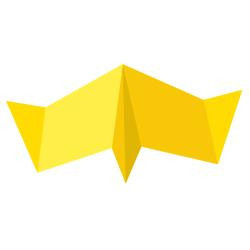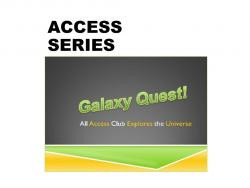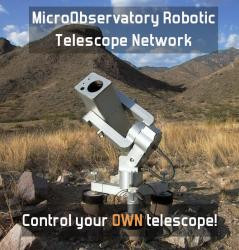Jessica Radovich's collections
ACCESS SERIES | Galaxy Quest
<p><strong>IMPORTANT: Click on the "i" for information icon and the paperclip icons as you move through the collection.</strong></p>
<p>Have you ever wondered what's going on out there in the universe? Would you like to discover exciting things about planets, stars, and galaxies? Today, we will go on a GALAXY QUEST to EXPLORE THE UNIVERSE!<br /><br />RATIONALE | Digital technology has transformed how we explore the Universe. We now have the ability to peer into space right from our homes and laptop computers. Telescopes, photography, and spectroscopy remain the basic tools that scientists—astronomers and cosmologists—use to explore the universe, but digital light detectors and powerful computer processors have enhanced these tools. Observatories in space—like the Hubble Space Telescope—have shown us further into space then we have ever seen before.<br /><br /><strong>EDUCATORS | </strong>For the LESSON PLAN of the original "Galaxy Quest" << <a href="http://learninglab.si.edu/q/ll-c/c7RchYhPbe9rpUzA#r/379742" target="_blank">CLICK HERE</a> >><br /><br />Lesson Objectives:<br />1. Process and save at least one digital image of a galaxy or space image (with caption)<br />2. Create a three-dimensional astronomy sculpture (galaxy or other space body, space alien, plant, animal)<br />3. Create a digital astronomy sculpture (galaxy or other space body, space alien, plant, animal)<br />4. Visit the Explore the Universe exhibition at NASM and identify Hubble parts (mirror, lens, spectroscope)<br /><br />Learning Objectives:<br />1. What a galaxy is<br />2. What a space telescope is<br />3. Learn how to open an image on the computer and process it<br />4. Socialize well in the museum setting</p>
<hr /><p>Tags: decision-making, self-determination, access, disability, accessibility, neurodiversity, special education, SPED, out of school learning, informal learning, cognitive, social skills, engagement, passion, creativity, empowerment, All Access Digital Arts Program <br /></p>
<p><br /></p>
 Jessica Radovich
Jessica Radovich
77
Astrophotography: Student Activity in STEAM (Science, Technology, Engineering, Arts, and Mathematics)
In this student activity, you’ll use specialized image processing software to bring out visual details from images of objects like the Moon, Sun, star clusters, nebulas, and galaxies. After you analyze your own image(s), you’ll have an opportunity to research related astronomy information and to share your scientific and artistic interpretations of your telescope data.
 Jessica Radovich
Jessica Radovich
15
MicroObservatory: A guide to Observing the Universe
<p><strong>MicroObservatory is a network of automated telescopes that can be controlled over the Internet.<strong></strong><strong> In this collection, students will learn </strong><strong>how they can control these telescopes themselves, u<strong>sing many of the same technologies that NASA uses to capture astronomical images by controlling telescopes in space</strong>.</strong></strong><strong> After gathering their very own images of space, students will learn the steps professional astronomers take to process the astronomical masterpieces so often seen from NASA, and then have the opportunity to create their very own!</strong></p>
 Jessica Radovich
Jessica Radovich
6




